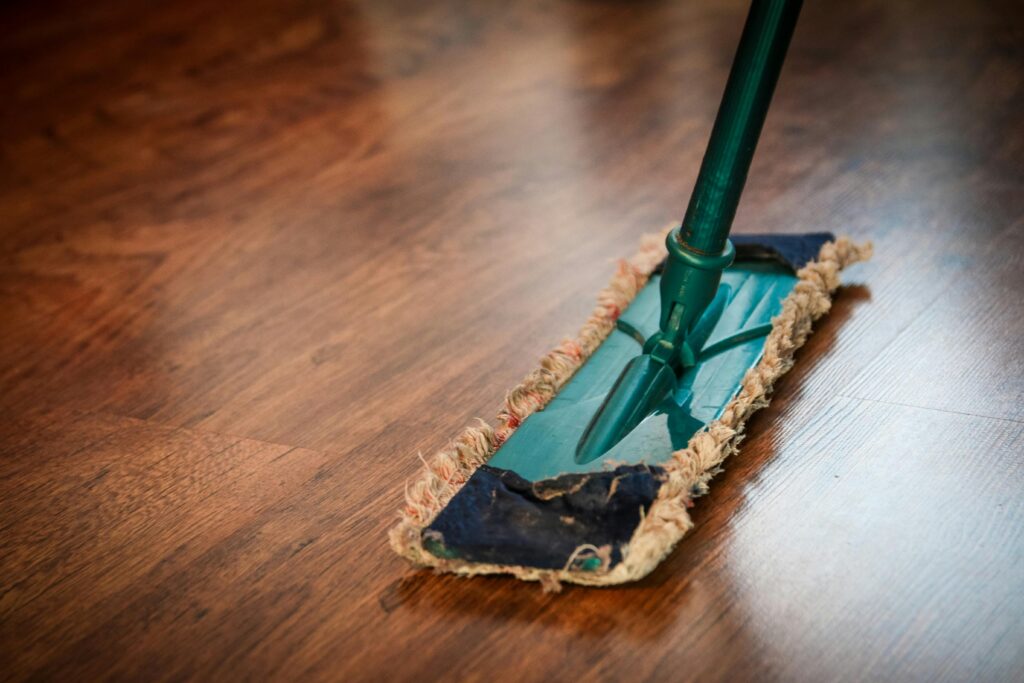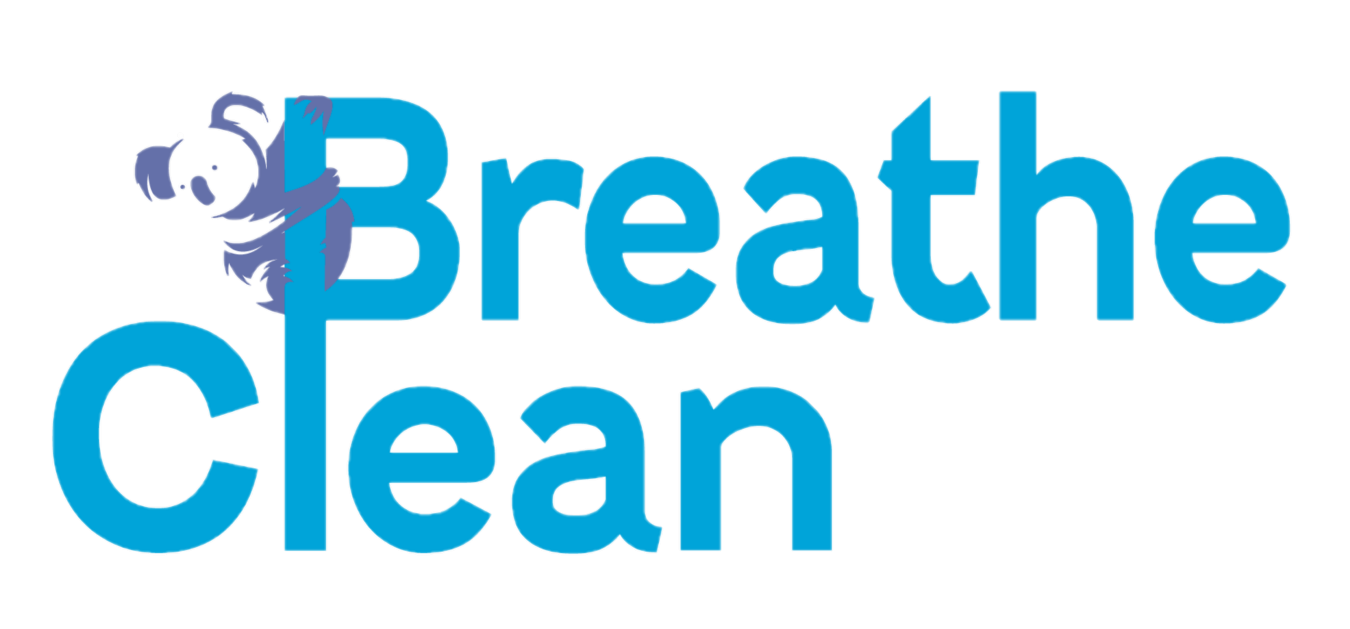
As the seasons shift, so do the demands on your home’s systems. From heating in the winter to cooling in the summer, your HVAC system works overtime—and that’s a great reason to pay attention to seasonal home maintenance.
Here’s how incorporating seasonal maintenance can help keep indoor air quality high, system efficiency in check, and long-term costs down.
1. Seasonal Check-Ins Boost Air Quality
Homes accumulate dust, pet dander, pollen, and other particulates that recirculate through HVAC systems. While regular filter changes help, deeper issues often lurk in overlooked areas.
- Air filters: Check or replace them at least every 90 days—more often if you have pets, allergies, or high dust levels.
- Grills and returns: Wipe down supply and return registers; over time, they collect dust that can be blown back into rooms.
- Attic and basement returns: These often host duct runs that cross dusty or damp places, contributing to poor indoor air quality.
2. Duct Cleaning: Not Always Necessary—But Sometimes a Game-Changer
If you’re wondering whether full-scale duct cleaning is worth it, here’s when it might actually make a difference:
- Post-remodel or renovation: Construction dust can infiltrate ductwork.
- Visible mold growth: If there’s mold inside ducts, cleaning plus remediation is crucial.
- Excessive dust or debris: If there’s consistently dust layering via vents despite regular filter changes.
Duct cleaning typically involves vacuuming, brushing, and sometimes sanitizing the ducts. The Environmental Protection Agency (EPA) cautions that there’s little proof of energy savings, but improving indoor air quality can be significant in certain situations—especially for those with respiratory issues.
3. Complementary Tasks to Elevate Effectiveness
Cleaning ducts is only one piece of the puzzle. Pairing it with these tasks yields better results:
- Coil cleaning: Dirty coils can harbor mold and reduce efficiency. This guide explains how ENERGY STAR recommends regular coil inspections.
- Humidifier/dehumidifier maintenance: Balancing humidity helps prevent mold growth in ducts.
- Whole-house air purifiers or UV lights: Installed in the HVAC system, they reduce airborne pathogens and particulates.
4. Scheduling Smartly Keeps Systems Healthy
Developing a simple year-round calendar helps you stay proactive:
- Spring: Clean coils, inspect ductwork, check cooling functions.
- Summer: Stay on top of filter changes and humidity controls.
- Fall: Pre-heat-season inspection, duct check, furnace cleaning.
- Winter: Monitor airflow, consider air purifiers as indoor heating amplifies dust recirculation.
5. Cost vs. Value: When It’s Worth the Expense
Duct cleaning can range from a few hundred to upwards of a thousand dollars depending on home size and system complexity. While not needed yearly, it offers potential returns when:
- Indoor air quality is suffering.
- Allergies or respiratory issues are exacerbated indoors.
- You’ve undergone renovations, or pets have been contributing to excessive dust.
Pair it with other maintenance tasks—for example, filter upgrades or UV light installation—to maximize value.
Final Thoughts
While duct cleaning may not be necessary every year, when timed with a broader seasonal maintenance strategy, it becomes an important part of ensuring healthy, efficient indoor living. By staying attentive to air filters, humidity levels, coils, and ducts, you create a cleaner, more comfortable home—one that lets you breathe easier, literally.
